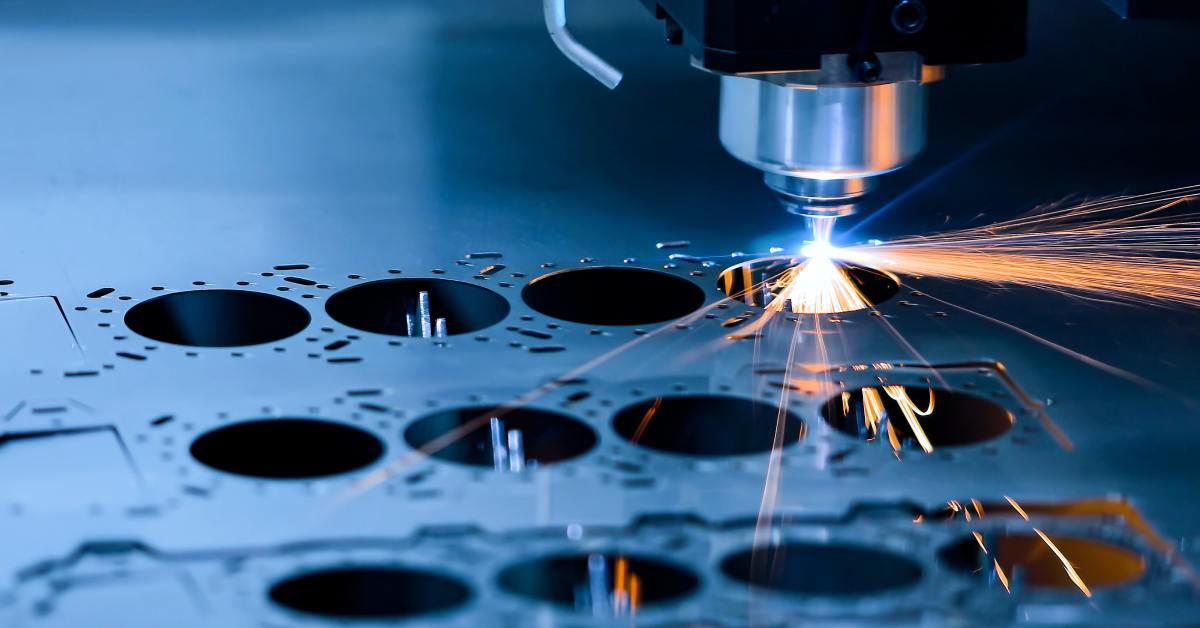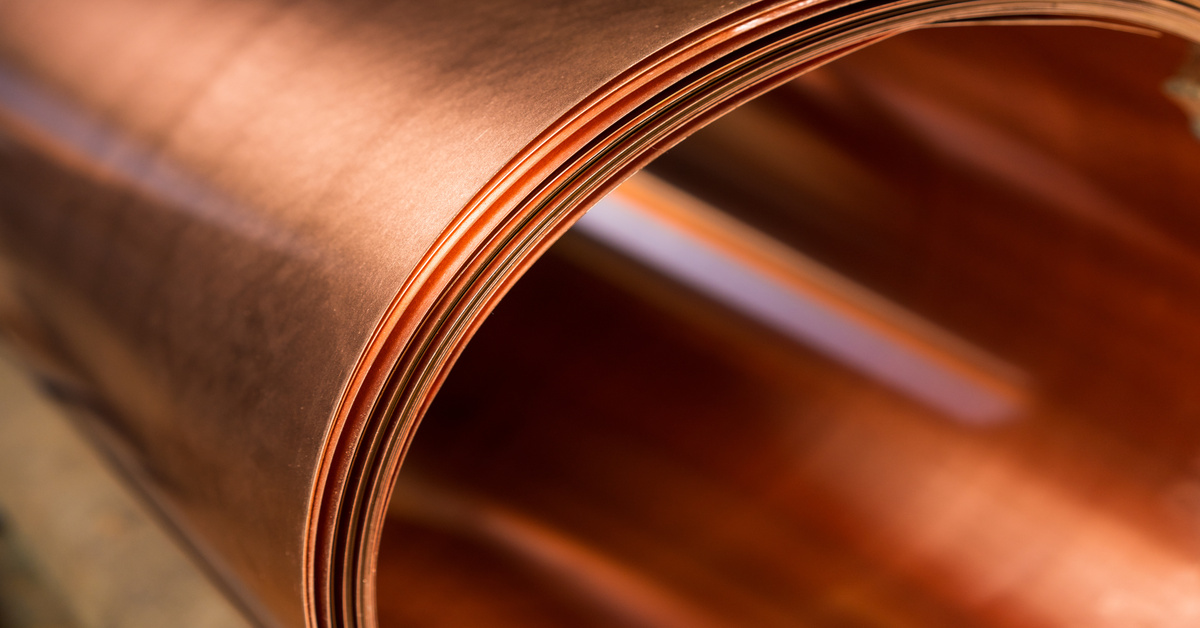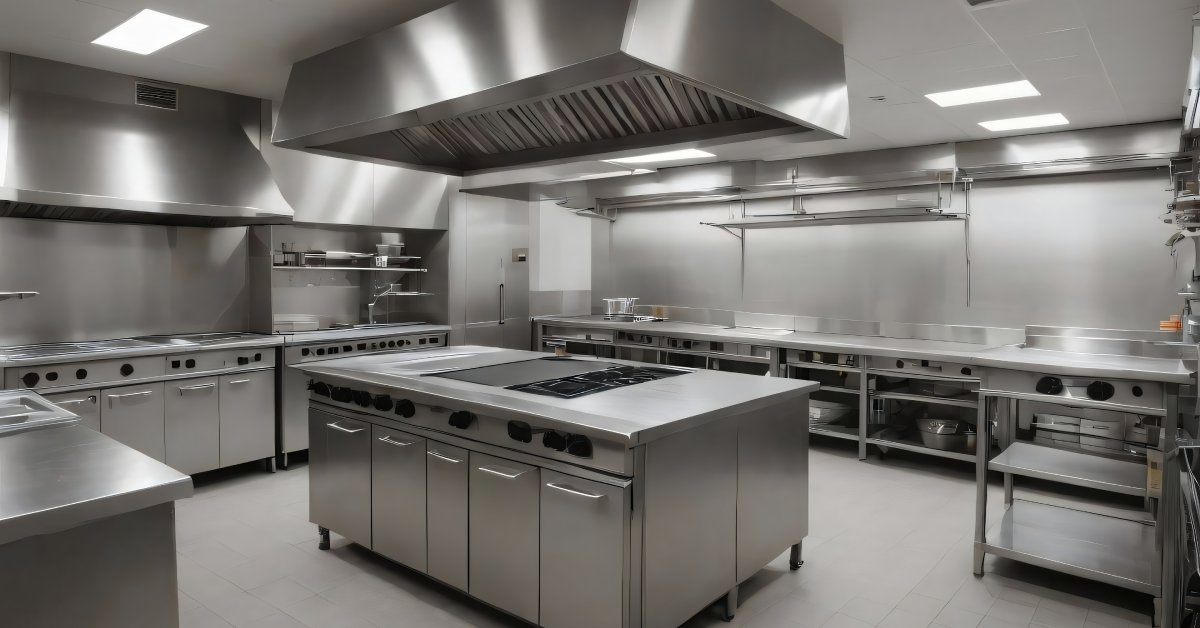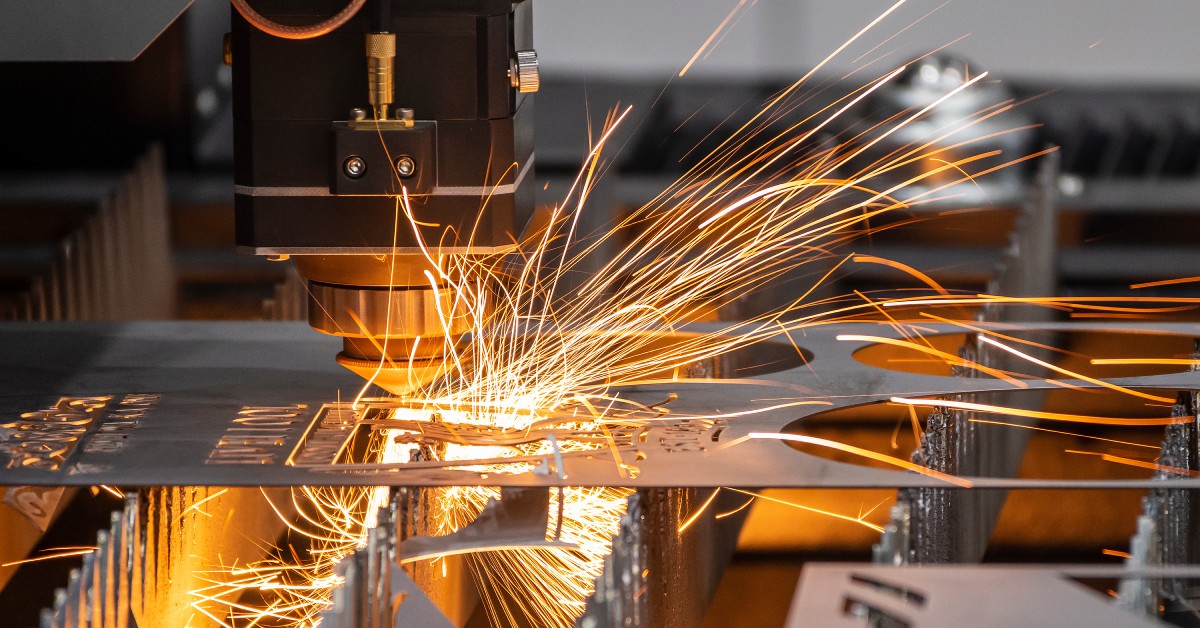Modern Sustainability Trends in Metal Supply Chains

The global push for sustainability is reshaping industries, and the metal supply chain is no exception. As businesses and consumers alike demand greater environmental responsibility, the sector is adopting innovative practices to reduce its ecological footprint. If you’d like to learn more about these changes, we’re here to cover the top modern sustainability trends transforming how the metal supply chains operate.
Embracing the Circular Economy
A foundational shift in the metal supply chain is the move towards a circular economy. This model focuses on minimizing waste and maximizing resource utility by recycling and reusing metals. Instead of a linear “take-make-dispose” approach, the industry is developing closed-loop systems that collect end-of-life products, process them, and reintroduce them into the manufacturing cycle.
Stainless steel sales have grown significantly during this transition, driven by its durability and reusability across the industry. Regardless of the metal, though, by reducing the dependency on virgin raw material extraction, the circular economy conserves natural resources, cuts down on energy consumption, and lessens the environmental strain associated with mining.
Adopting Green Mining Practices
For the raw materials that still need extraction, green mining practices are becoming standardized. This involves adopting energy-efficient technologies and implementing strategies to minimize the environmental impact of mining operations.
Many companies are investing in renewable energy sources to power their facilities, optimizing water usage to conserve local resources, and developing advanced waste-management methods. These initiatives not only reduce the carbon footprint of extraction but also help preserve biodiversity and protect local ecosystems from long-term damage.
Enhancing Supply Chain Transparency
Stakeholders are increasingly demanding transparency throughout the supply chain to ensure metals are sourced ethically and responsibly. Businesses are using advanced technologies like blockchain to create immutable records that track materials from the mine to the final product.
This level of traceability provides verifiable proof of a metal’s origin and journey, helping to combat issues like conflict minerals and illegal mining. By ensuring ethical sourcing and full lifecycle tracking, companies can build customer trust and meet stringent regulatory requirements.
Striving for Carbon Neutrality
Achieving carbon neutrality is a major sustainability goal for the modern metal industry supply chains. Many companies are making ambitious commitments to reach net-zero emissions across their entire operations. This involves a multi-faceted approach that targets reductions in mining, processing, and transportation.
Key strategies include transitioning to electric vehicle fleets, upgrading to energy-efficient smelting processes, and investing in carbon capture technologies. These net-zero initiatives are essential for mitigating the industry’s contribution to climate change and aligning with global environmental targets.









